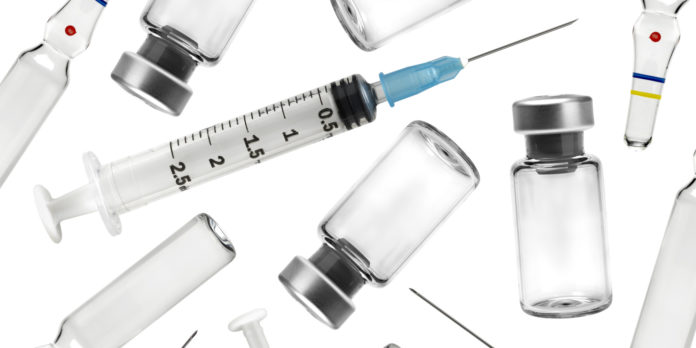
The development of vaccines is classified as one of the top ten public health accomplishments of the 20th century, and deservedly so — these cost-effective measures avert hundreds of millions of cases of disease and save millions of lives each year. As we celebrate World Immunization Week (April 24-30), here’s a look at some of the key facts about vaccines:
1. Vaccines have prevented more than 322 million cases of infectious disease and saved over 730,000 lives in the U.S. over the past two decades
According to a 2014 study by the Centers for Disease Control and Prevention, more than 732,000 children’s lives have been saved in the past 20 years due to routine vaccinations. In addition, vaccines averted at least 322 million cases of infectious disease, the researchers calculated. The study looked at data covering the two decades from 1994-2014. During that time, about 79 million U.S. children were born and each was saved from four infectious diseases, on average, thanks to vaccination, according to the analysis.
The study also found that routine vaccinations have prevented more than 21 million hospitalizations, saving nearly $295 billion in direct costs (which include the costs of treating an infection) and $1.38 trillion in total societal costs (which include things like lost productivity due to disability and early death), according to the report.
2. Immunizations save about 9 million lives annually
Worldwide, immunization is credited with saving about 9 million lives each year, according to UNICEF. That figure includes 5 million averted deaths from smallpox, 2 to 3 million deaths from diphtheria, tetanus, pertussis (whooping cough) and measles combined, plus about 200,000 from tuberculosis, 400,000 from Hepatitis B, and 500,000 from polio. More deaths could be averted, however,
3. Vaccines are an extremely cost-effective way to prevent disease
Besides being extremely effective at preventing disease, vaccines are also highly cost-effective. Currently, one dose of the diphtheria, tetanus and pertussis vaccine costs, on average, US$ 0.20, and a life-saving dose of the measles vaccine costs just US$ 0.24. And thanks to the work of global vaccination initiatives, the cost of many vaccinations has fallen dramatically in recent years.
Research indicates that expanding vaccine coverage in the world’s 72 poorest countries would save $151 billion in treatment and lost productivity. Overall, the economic benefits of expanding vaccination coverage outweigh the costs by a factor of 3 to 18, depending on the country. These numbers explain why, in 2008, a group of the world’s leading economists ranked “expanded immunization coverage for children” as the 4th most cost-effective solution to the most pressing global challenges.
These figures also debunk one of the common myths spread by anti-vaccination activists — that vaccines are a profit-generating scheme carried out by “Big Pharma.” In reality, it costs far more to treat these diseases than to vaccinate against them, which makes vaccines a very poor business strategy — but a great public health one!
4. Vaccines are incredibly safe
Before a vaccine is ever approved and licensed, it goes through years of testing for safety and effectiveness. Even after approval by the Food and Drug Administration, vaccines still must go through independent reviews by the American Academy of Pediatrics (AAP), the American Academy of Family Physicians, and the Centers for Disease Control and Prevention. All vaccines on the recommended immunization schedule have been tested and proven safe through extensive research by numerous independent agencies. Furthermore, vaccines are continually monitored by multiple agencies to ensure that their safety profile remains acceptable.
And just to be clear, vaccines definitely don’t cause autism — this was confirmed yet again in a massive new study published earlier this month.
5. Nearly 30 percent of annual childhood deaths worldwide are vaccine-preventable
Despite significant progress in global immunization coverage, millions of children remain vulnerable to the scourge of vaccine-preventable diseases. According to estimates based on WHO data, 29 percent of deaths among children under 5 years-old* could be prevented through vaccination — that’s approximately 5.2 million deaths each year.
*This does not include infants less than one month in age.
